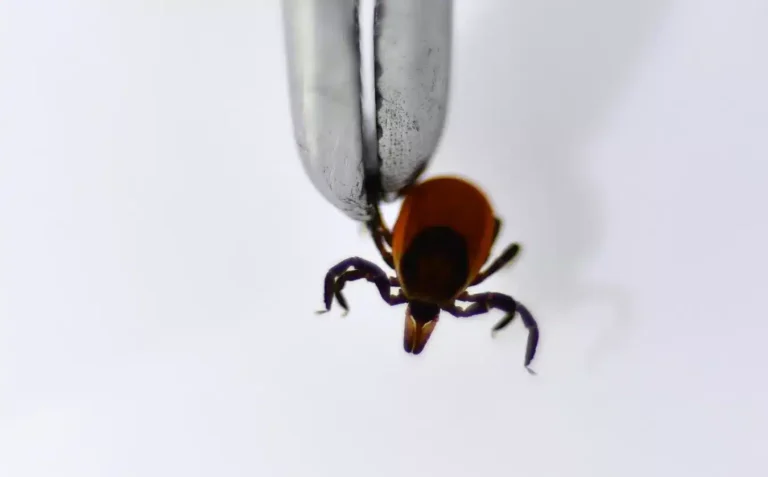Ticks are one of the most common parasites that threaten the health of dogs, especially in the warm season. They can not only cause discomfort to animals, but also carry dangerous diseases. This article will provide information about the types of ticks, symptoms of infestation, methods of prevention and treatment.
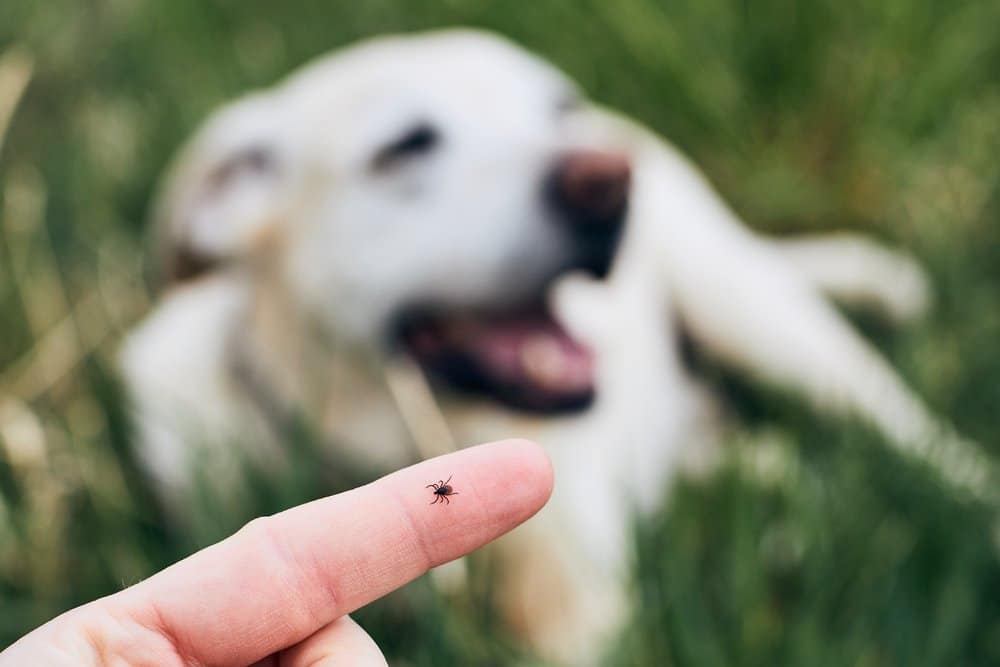
Mites (Acarina) are a group of arachnids that include more than 50,000 known species. They are one of the most diverse groups of arachnids and can be found in a variety of environments, including soil, vegetation, fresh and salt water. Most ticks are microscopic or very small, but some can reach several millimeters in size.
Ticks are important in ecosystems as decomposers of organic matter, but many are also parasites of animals and plants.
Ticks can carry various diseases, for example:
Babesiosis. It is caused by parasites of the genus Babesia, which destroy red blood cells. Symptoms include fever, weakness, and anemia.
Borreliosis (Lyme disease). It is transmitted by ticks of the genus Ixodes. Symptoms include lameness, fever, fatigue, heart and nervous system problems.
Ehrlichiosis. It is caused by bacteria of the genus Ehrlichia. Symptoms include fever, weight loss, and coordination problems.
Types of ticks
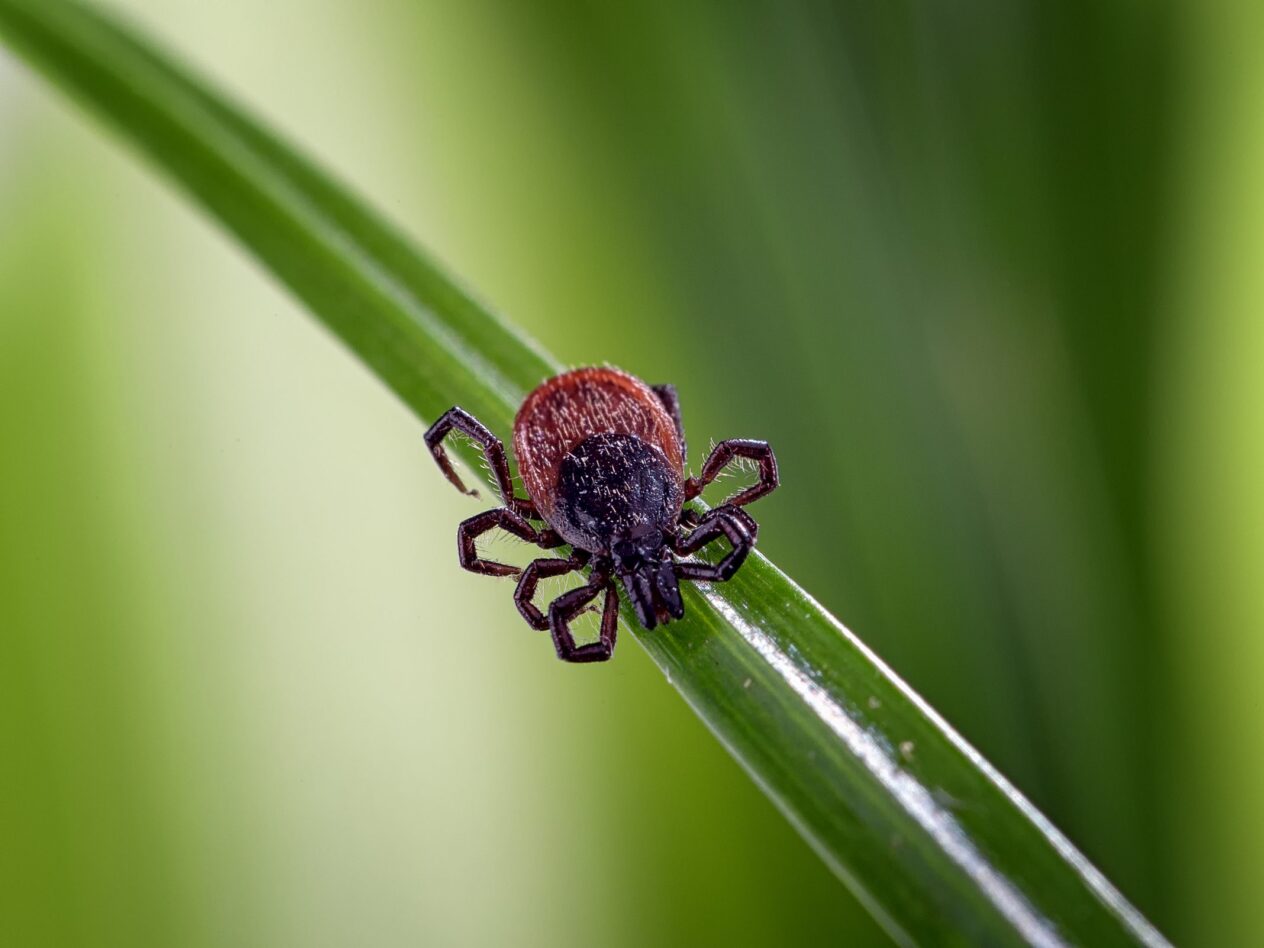

Il se nourrit essentially de sebum et de quelques cellules mortes de notre épiderme.
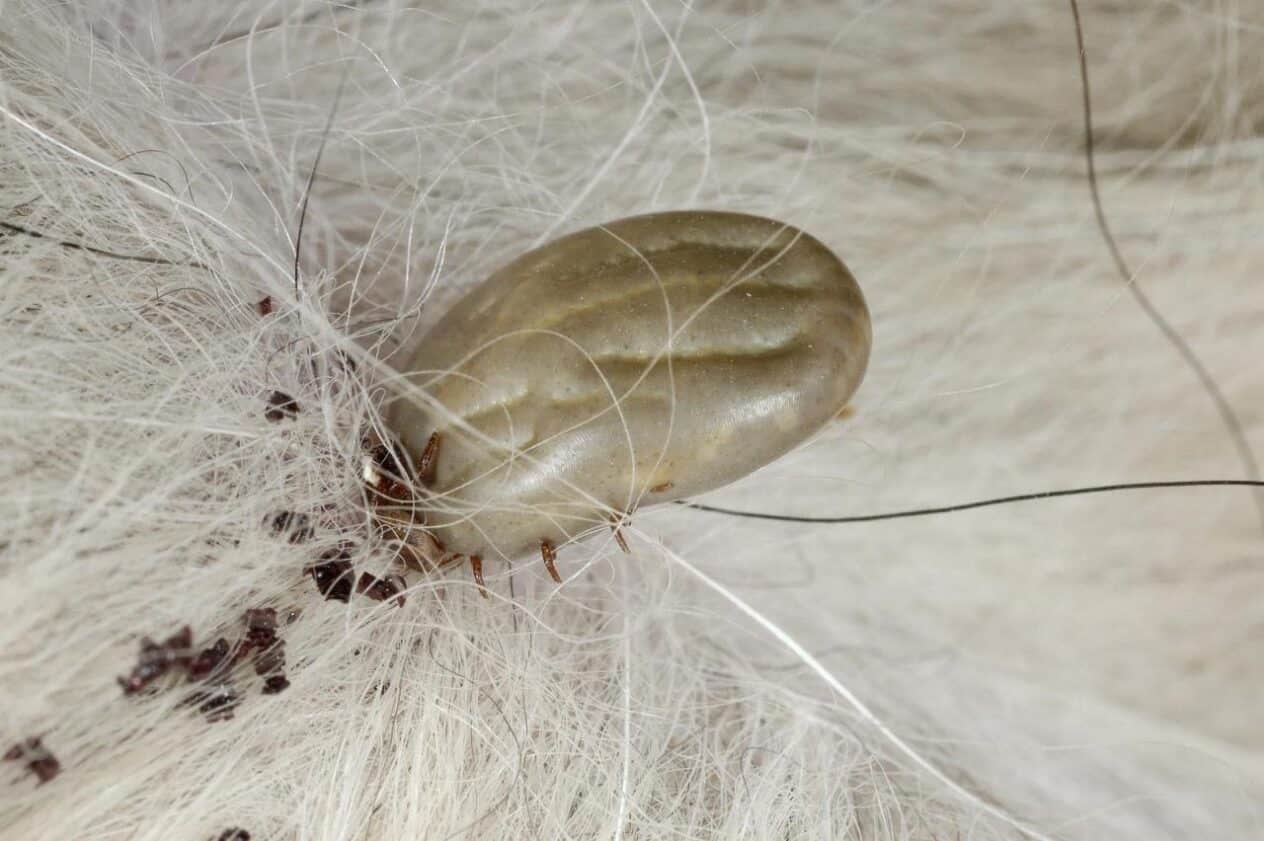
Ixod ticks (Ixodidae). This is the most common type of tick that infects dogs. They have a hard shell and are often found in forests and meadows. The most famous representatives are the ixode dog tick (Ixodes ricinus) and the American dog tick (Dermacentor variabilis). Otodectosis – ear mites in dogs also often cause considerable problems
Argas ticks (Argasidae). They have a soft shell and usually live in animal nests or bird colonies. These ticks are less common in domestic dogs, but can be a problem in certain areas.
Symptoms of infection


Tick infestation can manifest itself in various symptoms, which are important to detect as early as possible:
External signs. Most often, ticks attach to the dog’s skin in hard-to-reach places: behind the ears, on the neck, under the armpits and between the toes.
Redness and irritation of the skin. Bites are often red and itchy.
Weakness and fatigue. Ticks can carry diseases that cause general weakness and fatigue in dogs.
Fever. An elevated body temperature may indicate an infection.
Appetite and behavior. Decreased appetite and behavioral changes can be signs of tick-borne illness.
Prevention
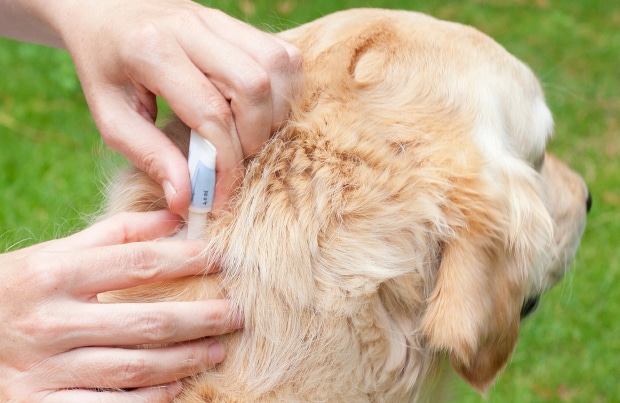
Use of repellents. There are many prevention products available such as sprays, drops, collars, chewable tablets and shampoos.
Review after walks. Check your dog regularly after walks, especially in wooded and grassy areas.
Use of protective clothing. In some cases, it is advisable to use special clothes for dogs, which reduces the risk of contact with ticks.
Environmental processing. Treat the places where the dog spends a lot of time with means against ticks.
Maintaining cleanliness. Frequent bathing and grooming of the dog help to quickly identify and remove parasites.
Hair cutting. The short coat makes it easier to see and makes ticks less likely to go unnoticed. Please note that not all dog breeds can be clipped. If the coat has a double type, regular brushing is recommended.
Why can ticks be found on a pet’s body after using repellents?

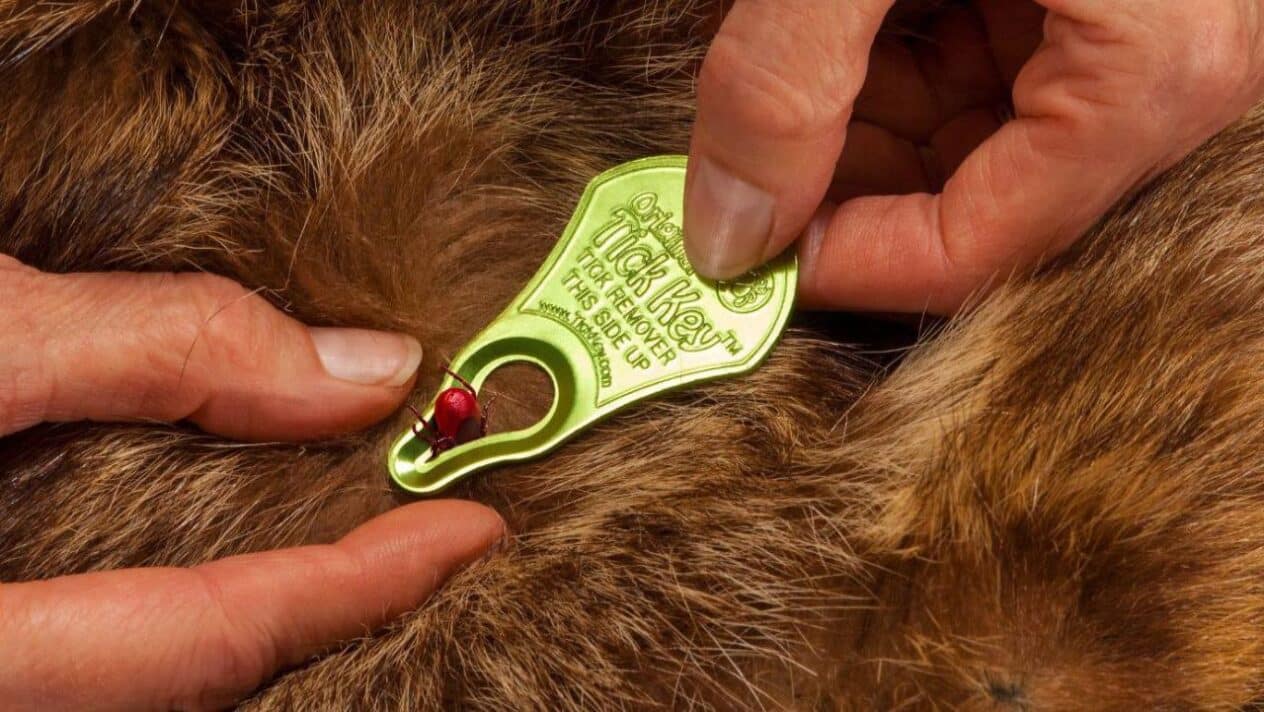
Tablets against ticks for dogs work in such a way that after a dog bite, the tick receives a dose of the drug and dies. However, even after taking such pills, you may still find ticks on your dog after a walk. Here are a few reasons why this might happen:
- Tablets do not repel ticks, but kill them after a bite. This means that the tick can still attach to the dog, but will then die within a few hours.
- If you live in an area with a lot of ticks, there is a high chance that your dog may encounter several ticks during a walk.
- In some rare cases, ticks may be partially resistant to some drugs or the dog may have an individual reaction that affects the effectiveness of the drug.
- If the instructions for taking the drug were not followed completely (for example, the dog did not receive the full dose), this may affect its effectiveness.
Treatment: how to save a dog from ticks
If you find a tick on your pet, it is important to take steps to remove it immediately:
Tick removal. If the tick is already attached to the dog, it must be carefully removed using a special tool or tweezers. It is important to remove the entire tick, trying not to crush it to avoid infection. In the pet store of the chain of grooming salons “V.O.G DOG” there are universal tools for removing ticks Tick Twister O`Tom on sale.
Disinfection of the wound. After removing the tick, treat the bite site with an antiseptic.
Observation of symptoms. After a tick bite, it is necessary to carefully monitor the condition of the dog for several weeks. If any alarming symptoms appear, you should immediately consult a veterinarian.
Veterinary treatment. In the case of an infection or disease transmitted by tick bites, the veterinarian will prescribe appropriate treatment, which may include antibiotics or other medications.
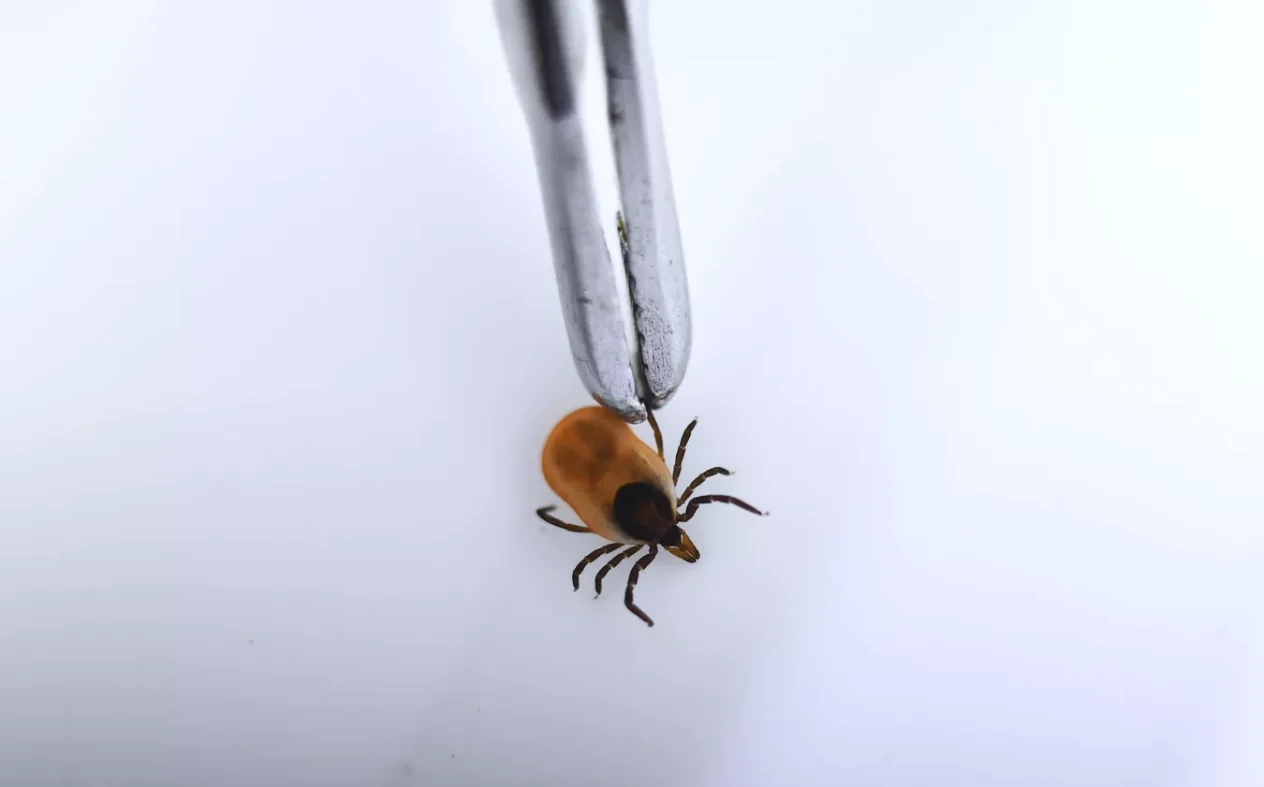
Therefore, ticks pose a serious threat to the health of dogs, but regular preventive measures and timely detection of parasites can significantly reduce the risk of infections. Regularly examine your pet, use special protective equipment and consult a veterinarian at the slightest suspicion of a tick bite – and then you will ensure maximum attention and care for your beloved Tailed.

